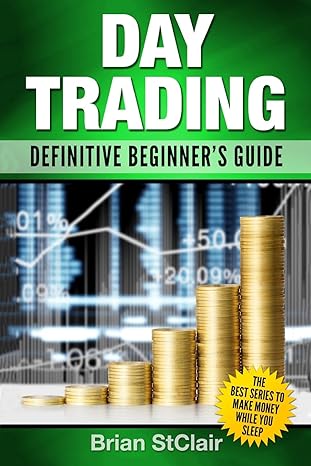Question
14. Which of the following will increase the expected rate of return on an individual security as computed by the Capital Asset Pricing Model (CAPM)?
14. Which of the following will increase the expected rate of return on an individual security as computed by the Capital Asset Pricing Model (CAPM)? Assume that the securitys beta, the risk-free rate of return, and the market rate of return are all positive. I. A decrease in the securitys beta II. An increase in the securitys beta III. A decrease in the risk premium IV. An increase in the market rate of return
(a) I and III only (b) II and IV only (c) I and IV only (d) II and III only (e) II, III, and IV only
15. According to our class discussion of empirical findings in stock markets, which of the following statements is (are) correct? (I) Poorly- or well-performing stocks tend to continue abnormal performance over short horizons. (II) Portfolios of high P/E stocks exhibit higher risk-adjusted returns. (III) Larger firms tend to have higher stock returns than smaller firms. (IV) Value stocks usually generate lower returns than growth stocks. (V) Stock prices of firms with negative earnings surprise tend to rise. (a) I only (b) I and II only (c) I and IV only (d) I, III and IV only (e) I, IV and V only
16. You expect interest rates to decline during COVID-19 even though the bond market hasnt indicated any sign of this change. Which action should you do now to maximize your gains if the rate does fall later? (a) buy bonds with short-term and low coupon (b) buy bonds with long-term and high coupon (c) buy bonds with long-term and zero coupon (d) sell bonds with short-term and high coupon (e) sell bonds with long-term and zero coupon
17. Which one of the following statements is true? (a) The higher the beta, the higher the expected return on a security. (b) The higher the risk premium, the lower the standard deviation of the returns. (c) Bonds tend to have a higher risk premium than stocks. (d) Short-term bonds tend to have a higher risk premium than long-term bonds. (e) Beta measures total risk.
Step by Step Solution
There are 3 Steps involved in it
Step: 1

Get Instant Access to Expert-Tailored Solutions
See step-by-step solutions with expert insights and AI powered tools for academic success
Step: 2

Step: 3

Ace Your Homework with AI
Get the answers you need in no time with our AI-driven, step-by-step assistance
Get Started


